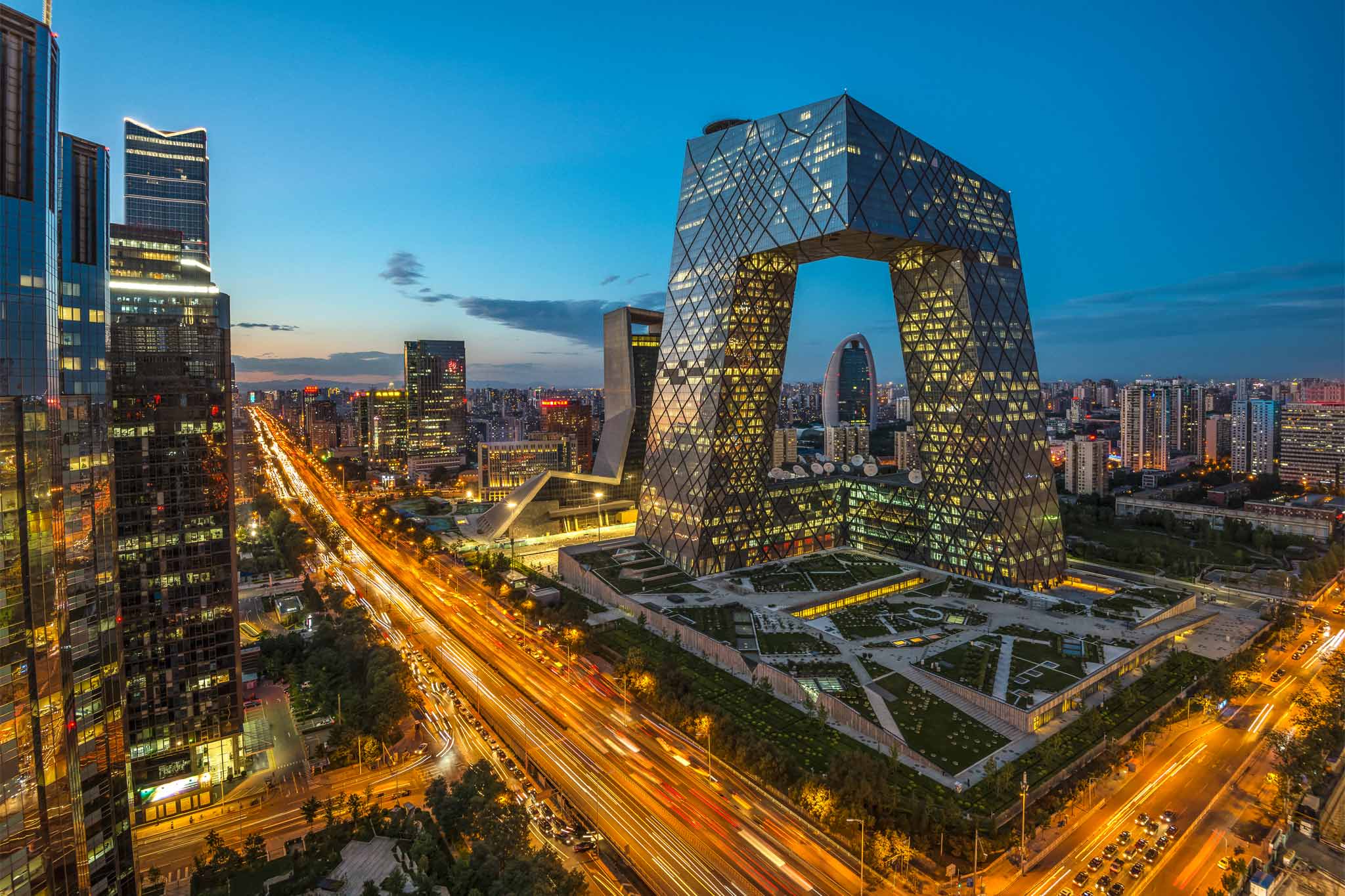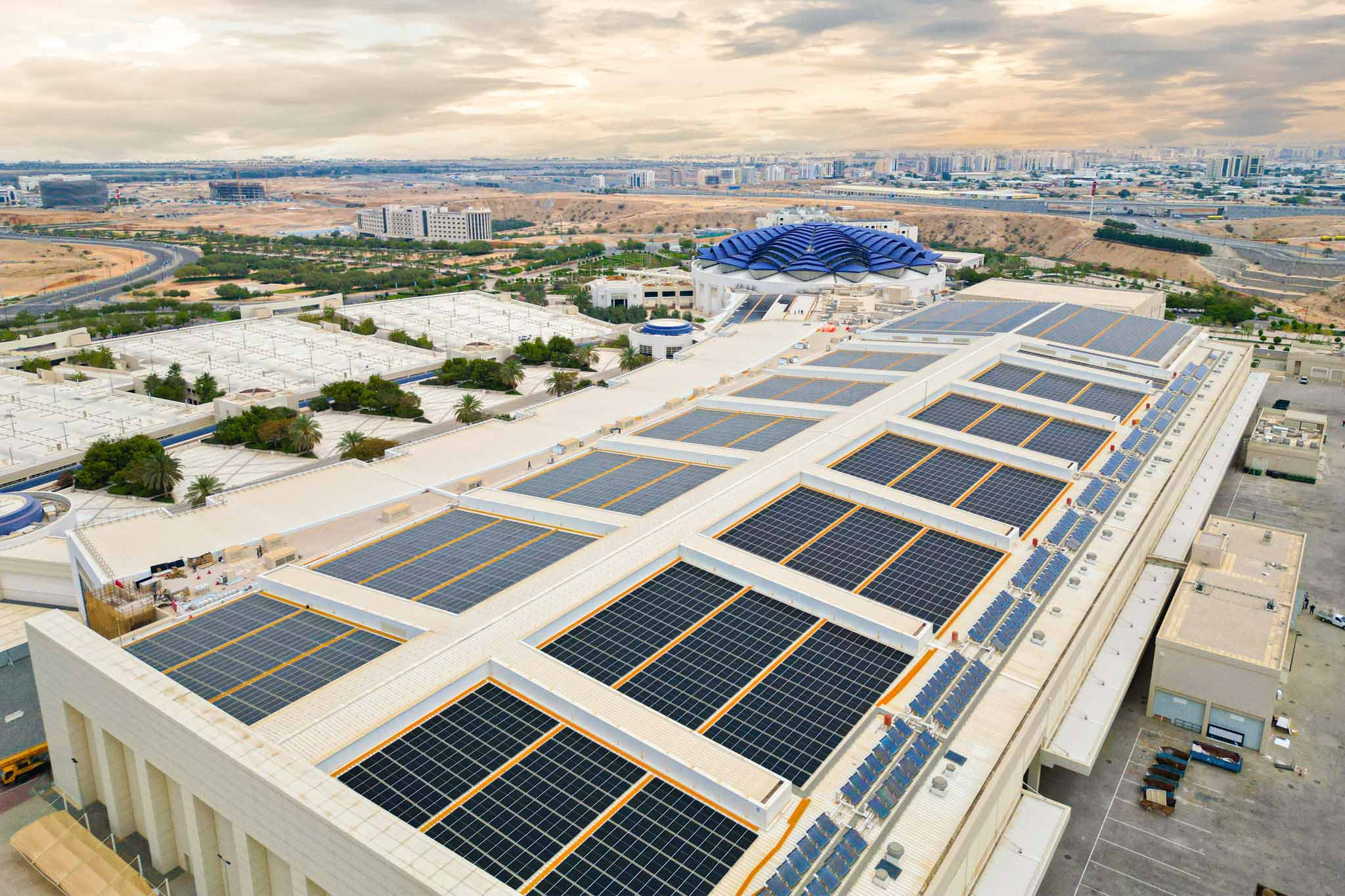The Chinese meetings and exhibitions industry is steadily growing despite concerns about a possible slowdown in the Chinese economy caused by trade wars with the United States and persisting geopolitical uncertainty.
In recent years, China has achieved serious success in attracting foreign businesses to its meetings and events sectors, and work in this direction continues. According to newly announced plans by the Chinese government and the Communist Party, the country’s GDP should grow by five per cent this year. This will be achieved by supporting and stimulating most sectors of Chinese economics, including business events. Since 2023, the business events industry in China has completely recovered from the pandemic and demonstrated significant growth in 2024.
The development of China’s meetings and exhibition industry started during the 1950s, when the first China Export Commodities Fair (Canton Fair), held in Guangzhou in 1957, marked the beginning of the country’s modern exhibition and meetings industry. The industry experienced rapid growth during the 1990s after the conduction of economic reforms in the country and its integration into global economics.
Before 2004, government departments, associations, chambers of commerce, and state-owned exhibition companies held most of the industry’s events. The government had strict control over exhibitions and meetings, and strict approval was required to implement them. After 2004, the government liberalised its policy in the domestic business events sector, and its development is currently a priority, as reflected in The 14th Five-Year Plan for Business Development approved in 2021.
According to China’s Council for the Promotion of International Trade, the country is considered one of the world’s largest meetings and exhibition destinations. As part of the plans of major industry players and the local government, China is to create conditions for further strengthening its status in years to come.
As stated in the latest China Exhibition and Meetings Economy Development Report 2024, which was prepared by China’s Council for the Promotion of International Trade, in 2024, a total of 3,844 economic and trade exhibitions, meetings and events were carried out, with a total area of 155 million square metres. The number of exhibitions and meetings is the same as in 2023, but the exhibition area has increased by 10.1 per cent year-on-year. The average exhibition and meeting space grew from 35,900 square metres in 2023 to 40,300 square metres in 2024, representing an increase of 12.3 per cent.
Chen Xianjin, President of the Shanghai Exhibition Industry Association, claims that China’s professional exhibition and meetings facilities area ranks first globally, reaching 16.26 million square metres. It is nearly double that of the second-ranked United States and larger than in Europe. Today, the major Chinese exhibitions include the China International Import Expo, China International Chain Expo, China International Fair for Trade in Services, and the Canton Fair.
“China is currently experiencing the internationalisation of major exhibitions and meetings”
The construction of the new industry’s infrastructure currently exceeds the exhibition demand. From 2020 to 2023, the supply of new exhibition and meeting space nationwide increased by more than four million square metres.
Wu Shengrong, Director of the Exhibition and Meetings Management Department for the China Council for the Promotion of International Trade, fears this may create serious problems for the industry in the middle term. If the demand for exhibitions does not increase but the supply of exhibition centres does, the imbalance between supply and demand will be severe.
Shanghai New International Expo Center is one of the largest Chinese-German joint venture exhibition centres. Its general manager, Michael Kruppe, notes that China is one of the most promising meeting and exhibitions markets, attracting many international exhibitions and meeting companies to establish their presence in the local market.
In parallel, the Chinese government plans to provide additional support to the industry this year through subsidies. A significant part of the planned subsidies is expected for domestic companies to ensure their more active expansion into international markets. As part of the plans, transnational companies will be attracted to participate in the Chinese meetings and exhibitions sectors in the coming years. For this purpose, the government has taken additional measures to simplify visa requirements and continues working to eliminate various bureaucratic hurdles. China has achieved serious success in attracting foreign businesses to participate in its meetings and events sectors, and the work in this direction is planned to continue.
The nation is currently experiencing the internationalisation of major exhibitions and meetings, which is reflected by the growth of the share of overseas participants in the country’s meetings and events sectors. Based on Wu Shengrong’s data from 2024, 265 exhibition and meeting projects in China were certified by the Global Association of the Exhibition Industry (UFI), an increase of more than 20 per cent year-on-year. Also, as reported by official statistics, about 40 per cent of the professional exhibitions and meetings currently held in China involve the participation of foreign companies.
Regarding geographical distribution, the country’s eastern region still accounts for the most significant number of events and the area where they are conducted. Beijing-Tianjin-Hebei, the Yangtze River Delta, and the Pearl River Delta are the most popular exhibition and meeting destinations, accounting for 63.27 per cent of the national total meeting space. Beijing is the province and city that holds the most exhibitions and business events, followed by Shanghai and Guangdong. Concerning the structure of events, industrial and technological exhibitions and meetings rank first regarding the number of occupied destinations in China.
Business events and exhibitions in the sectors of food, beverage, tobacco and alcohol, furniture, woodworking machinery, and building materials ranked first among all industries in terms of the number and space occupied. In contrast, heavy industry exhibitions continue to rank second.
“Transnational companies will be attracted to participate in the Chinese meetings and exhibitions sectors in the coming years”
The Chinese government and the authorities of the country’s central provinces hope to develop the industry further this year. One part of these plans is to accelerate the building of new industry infrastructure this year. According to their official statistics, there are more than 150 large and medium-sized exhibition and meeting venues in the country, with a total area of more than three million square metres, exceeding Germany and Italy.
In 2023–2024, various Chinese regions and provinces have already accelerated the building of new meetings and exhibition spaces within their territories and are also taking measures to increase their active utilisation. Statistics from China’s Council for the Promotion of International Trade show that the new meetings and exhibition space launched in 2024 is estimated at one million square metres, with ongoing construction.
In contrast to some previous years, when most Chinese companies primarily focused on participation in domestic meetings and events, this situation has changed in the last few years. Many Chinese businesses have switched to involvement in overseas exhibitions and business events and stepped up market development efforts. In 2023–2024, the China Council for the Promotion of International Trade approved about 2,500 planned overseas exhibition projects. Asia and Western Europe remain the main markets for overseas exhibitions.
Wu Shengrong, director of the Exhibition Management Department of the China Council for the Promotion of International Trade, says that more and more Chinese companies are choosing to participate in various meetings and events both within the country and abroad, being aware of the importance of such activities for their business.
“Enterprises’ demand for offline exhibitions is accelerating, and various exhibitions actively display new products, services, technologies, and models. They continue to play a booster role in unblocking economic circulation, leveraging industrial upgrading, promoting regional economic development, and contributing to economic recovery,” says Wu Shengrong.
“This year, the Chinese meetings and events sector will receive a new major impetus of development, especially from some emerging industries, such as green economy, cultural creativity, artificial intelligence, etcetera, and other ‘new’ industries attention is steadily growing. Also, with the advancement of technology and the upgrading of the industry’s infrastructure, many of the industry’s events are no longer limited to traditional offline formats but rather hybrid. As well as other various concepts such as overseas roadshows of China and its meetings sector for potential investors and participants that could contribute to the growth of audience and interest in the industry’s events.
“Finally, one of the industry’s most important goals is the more active adoption of various innovations in its day-to-day operations and the creation of the national identity.”



